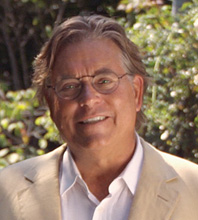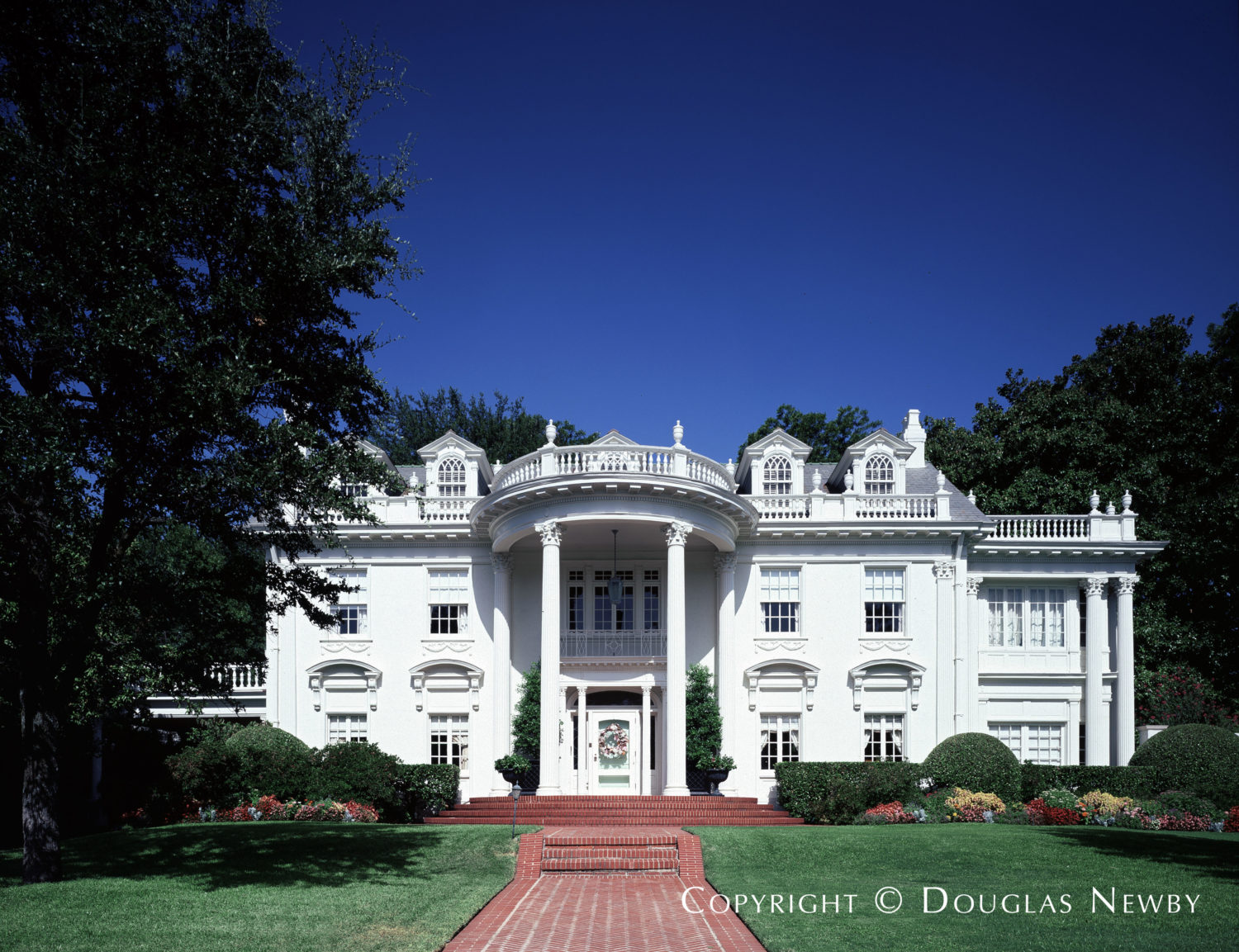
4908 Lakeside Drive, Highland Park, Texas, should be the wakeup call that we should start saving homes now. “Start Saving Homes” should be the public cry. There is an understandable consternation when there is an onslaught of homes being torn down across the country, particularly one that has the significance of 4908 Lakeside Drive in Highland Park. The familiar cry is for more regulation to stop “despicable” property owners from tearing down homes.
Property Rights Preservationist for Saving Homes
I think of myself as a Property Rights Preservationist. I believe the property rights of an owner should be respected but I also think the desires of the vast majority of the property owners in the neighborhood should be respected. I initiated the first single-family historic district in Dallas with historic guidelines in Munger Place. However, this was a request that had the vast support from a majority of homeowners and the neighborhood to impose agreed upon restrictions for a mutual aesthetic benefit. Most cries for regulation banning Highland Park homes from being torn down are from people outside the neighborhood or even people that already have a new home that replaced the original home on their lot.
Disappearing Details of 4908 Lakeside Drive in Highland Park
It is shocking to see how in the course of an hour a bulldozer can bring down a magnificent house designed by the iconic architect Hal Thomson. Once a homeowner buys a home for a lot, it is usually too late to be able to save the home. Villainizing the new property owner usually accelerates the demolition of the home and thwarts any cooperation to have architectural elements of the home salvaged or the home photographed and documented.
Why Losing this Highland Park Home at 4908 Lakeside Drive Hurts So Much
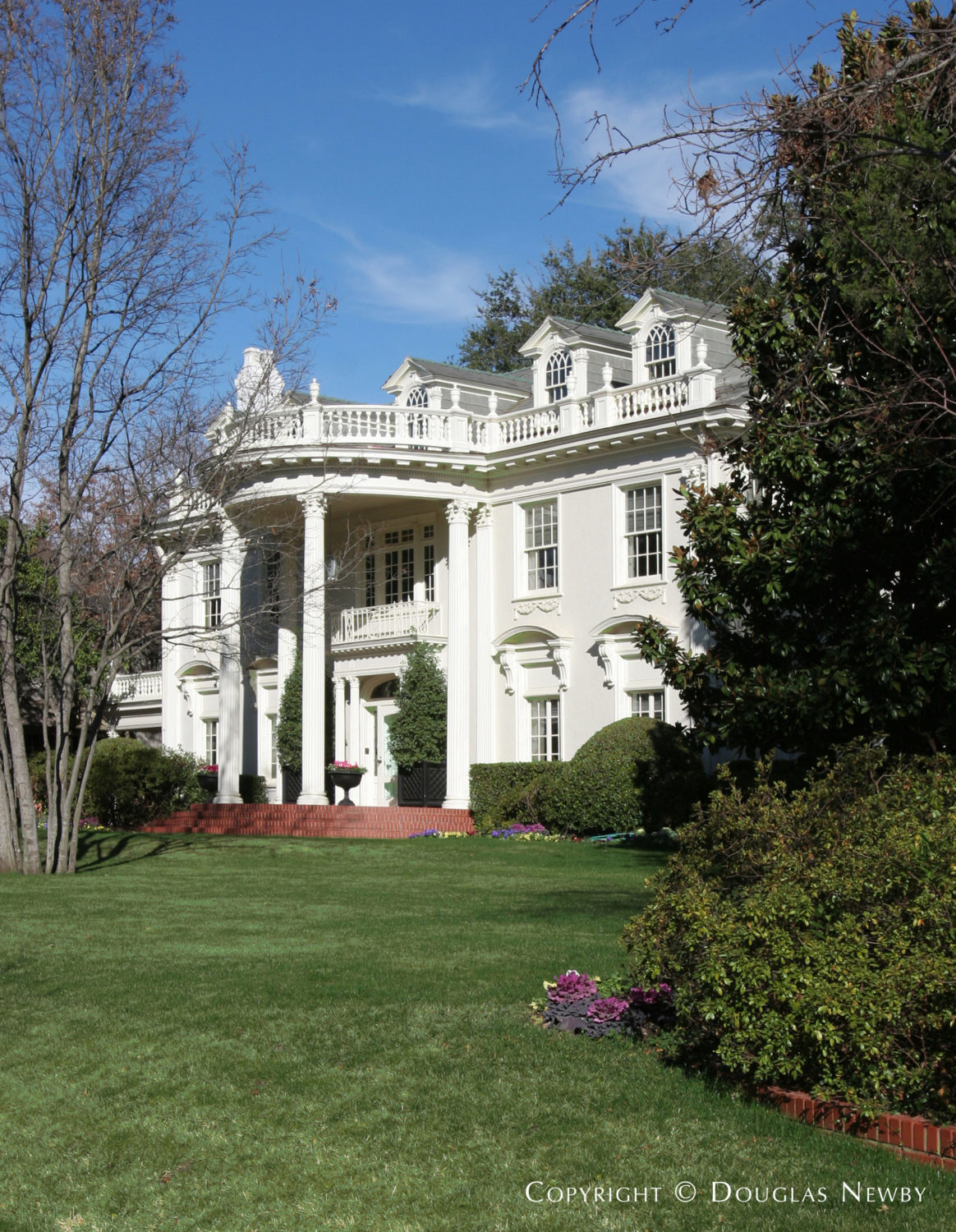
Here is an iconic Highland Park home on an iconic Highland Park Street that is designed by an iconic Highland Park and Dallas architect, Hal Thomson. Facing the last few moments of the life of a home, one reflects on the home’s impact and why it made such an impact. In this case, it is the composition and articulation of Hal Thomson’s architectural detail at 4908 Lakeside that made this home the most iconic and admired home on Lakeside Drive. I have even come to the conclusion that the reason Highland Parks’ Lakeside Drive has been thought of as one of the five iconic streets in Dallas is because of this Hal Thomson-designed home and its flourishes of restrained romantic details perfectly proportioned and distributed. When one thinks of Lakeside Drive, one thinks of this Old Highland Park home.
The Quality of Architectural Details Like Those at 4908 Lakeside Drive Sustained Henry B. Thomson as an Iconic Dallas Architect
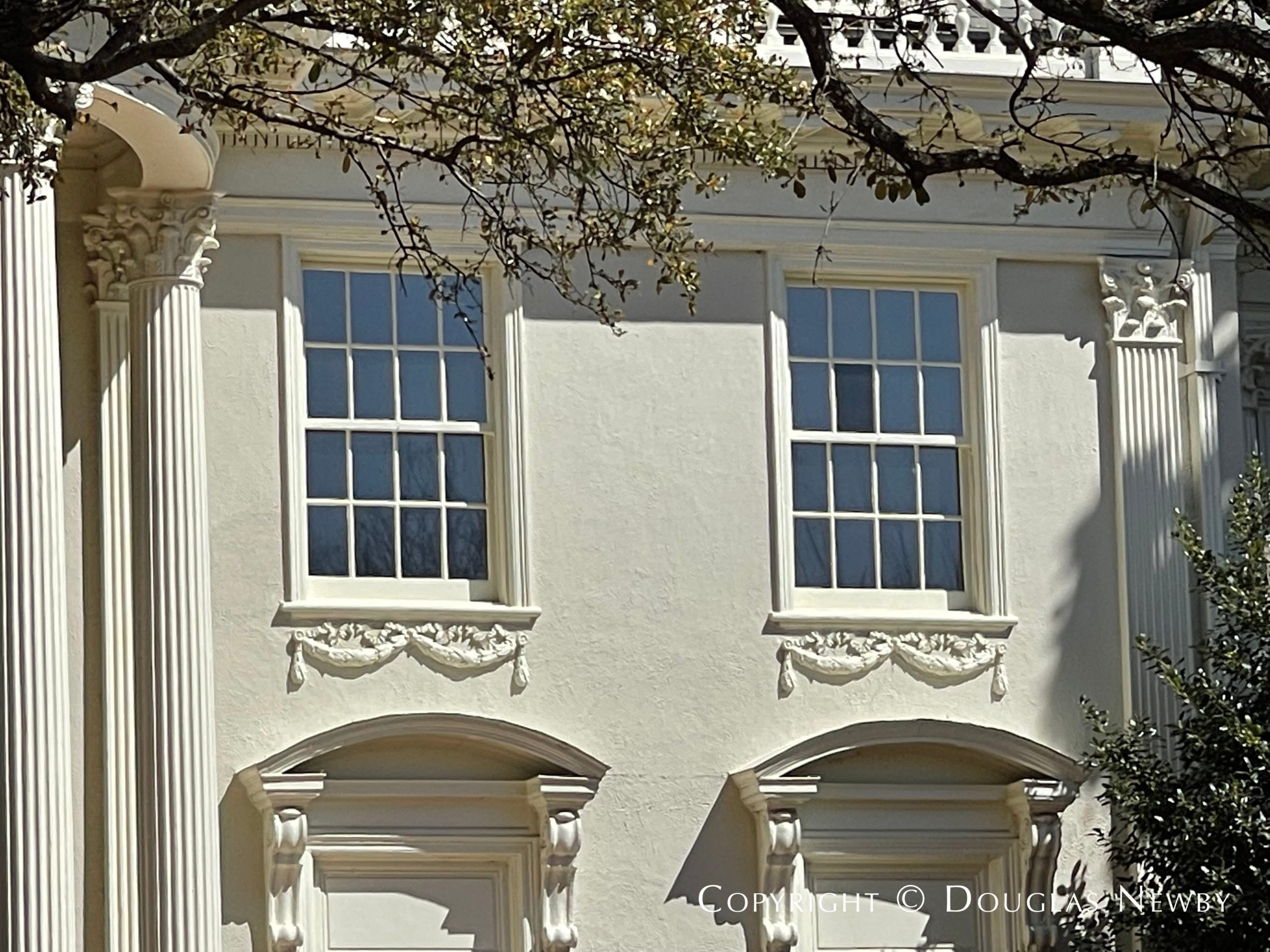
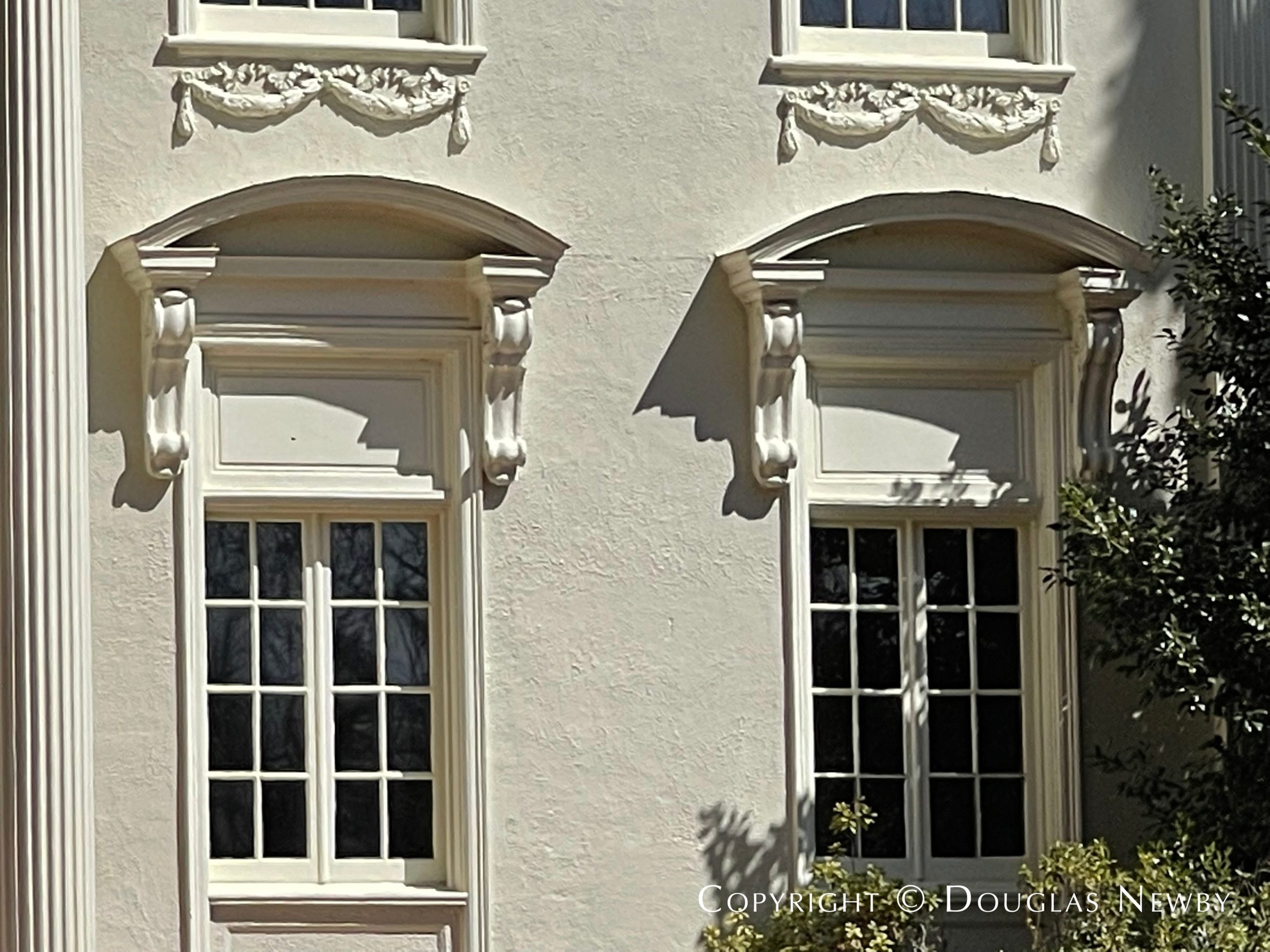
It is often the architectural details that are responsible for saving homes. These details capture the imagination of the public and of potential buyers. The details designed by Hal Thomson should have saved this historic Highland Park home at 4908 Lakeside Drive. Hal Thomson is the one Dallas architect admired by all current architects of Dallas and revered by historicist architects who are inspired by his work. I recall the late Ted Pillsbury, the former director of the Kimball Art Museum, remarking on the perfect composition and details of his favorite Dallas home—one by Hal Thomson. I continually find myself visually stopping at each Hal Thomson house when I ride my bike on Swiss Ave. These homes are familiar as I have ridden by them thousands of times. The Hal Thomson houses seemingly blend into the landscape of other architecturally significant homes on the street that are of a similar size and setback, yet the Hal Thomson houses catch my attention every time. I look closer and wonder why the home has such profound effect on me. I come to the conclusion it is the details. The details are romantic, elegant and refined, but are subtle, the last thing you notice. I think it is the composition of details that garnered the community sentiment for the home to be saved. Hopefully, at least these details will be imprinted in our minds and in the minds of architects. The problem was that these sentiments and concerns came too late. Preservation strategies were not put in place 25 years ago, five years ago, or even one year ago.
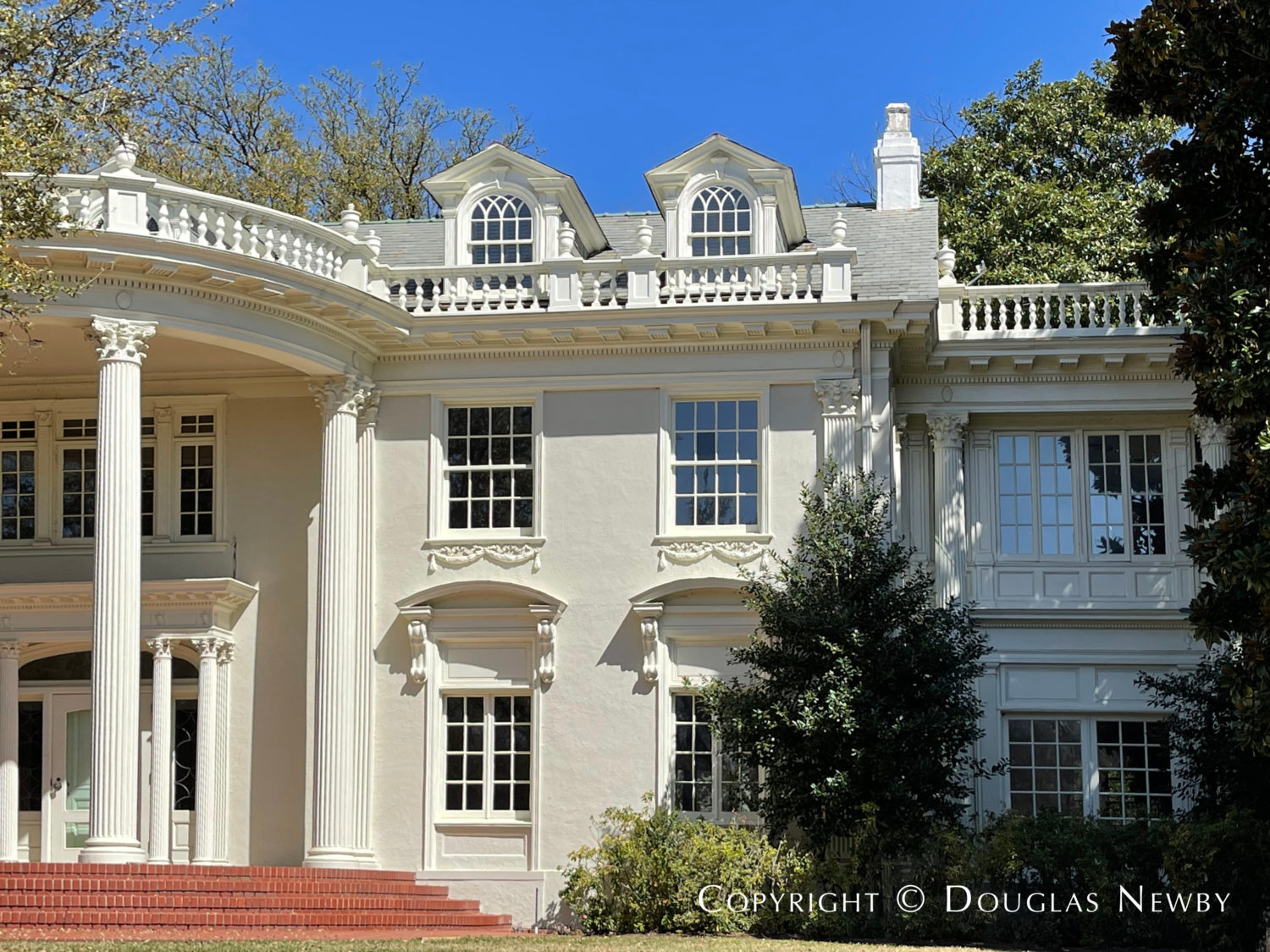
Good Stewardship for Saving Homes Comes from the Entire Community
I have found that even Highland Park homeowners who prefer to live in a new home still love the heritage and the magnificence of the best historic homes. Good stewardship will come from a widespread proactive effort to ensure the best homes like 4908 Lakeside Drive are preserved. Neighborhoods evolve and organically the less significant homes could be replaced first and the most important architecturally significant homes should remain standing and continue to make a great contribution to the neighborhood. An architecturally significant home like the one designed by Hal Thomson at 4908 Lakeside Drive should not have been the next home in line to be destroyed.
Saving Homes, Whether Neoclassical or Modern, Need Proactive Assistance
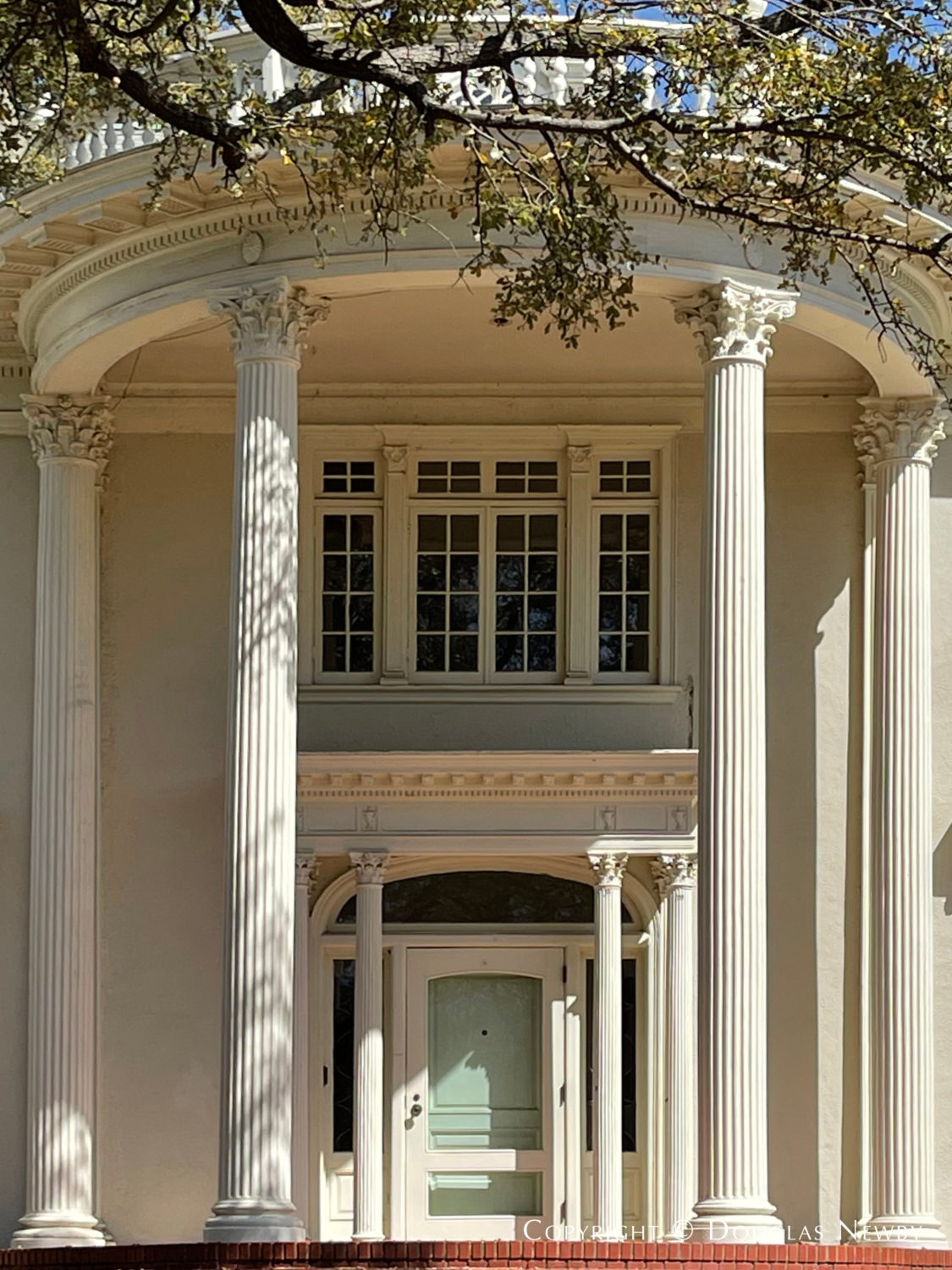
Whether it is a neoclassical home like the Highland Park home at 4908 Lakeside Drive, or the modern Highland Park home designed by architect O’Neil Ford at 3756 Armstrong Avenue, a vision needs to be created for a renovated home and an estimate of the cost involved in creating a renovated home more attractive than a new home. The O’Neil Ford designed modern home was designed almost 50 years after Hal Thomson designed the home on Lakeside Drive, but they shared many similarities. They both had tall ceilings, large rooms, and substantial square footage. In my opinion, if someone had hired an architect or an interior designer to create renovation drawings or sketches for these homes, as I discuss in my blog article, Preservation Step Three of Saving Homes, then both of these homes would have been saved. While we do not know what will be built on the lot at 4908 Lakeside Drive, we do see a modern home is replacing the modern home at 3756 Armstrong Avenue. There is no reason the modern amenities and spaces could not have been created in an even better way at the original and very distinctive O’Neil Ford modern designed home. In fact, if architects and interior designers had designed a vision for the home, the seller and the realtor would not have decided that it would be easier to sell the lot once they had torn down the historically significant home.
Notre Dame School of Architecture Michael Duda Center for Preservation, Resilience, and Sustainability
There is a growing interest in our historic homes from those in Dallas, Highland Park, and University Park, which bodes well for the future of historic architecture. I am very encouraged by the newly created Michael Duda Center for Preservation, Resilience, and Sustainability at the Notre Dame School of Architecture, which I consider the best classical architecture program in the country. The center was inspired by and named after the late Michael Duda who served on the board of the Texas Historical Foundation where he crafted a charter for their new architecture endowment program.
Michael Duda Center at Notre Dame will have a Texas Element
A Texas element of the Notre Dame School of Architecture Michael Duda Center for Preservation, Resilience, and Sustainability could possibly include an initiative to help train architects to evaluate and propose renovation and/or expansion strategies for historic and architecturally significant homes that would create a historic residence with even more 21st century desirability than a new home. The Michael Duda Center might also help train architects to recognize and research what an original home looked like before facade changes were made to it to give it the popular style of the given decade. The original exterior design of the historic home is almost always more elegant and attractive than a modified design trying to keep up with the times.
Hal Thomson Home at 4908 Lakeside Drive had Little Chance to Survive Without Proactive Preservation Strategies in Place
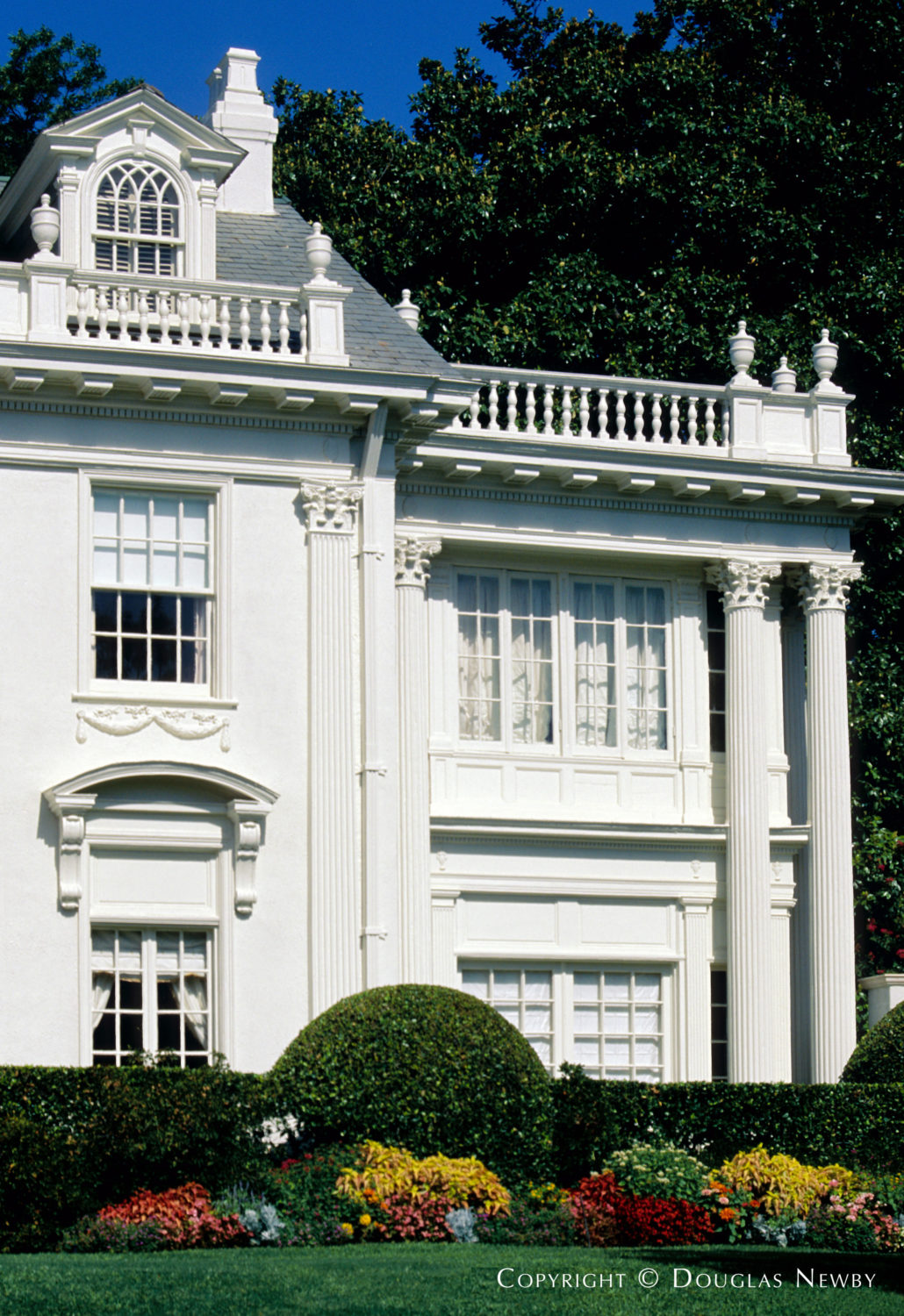
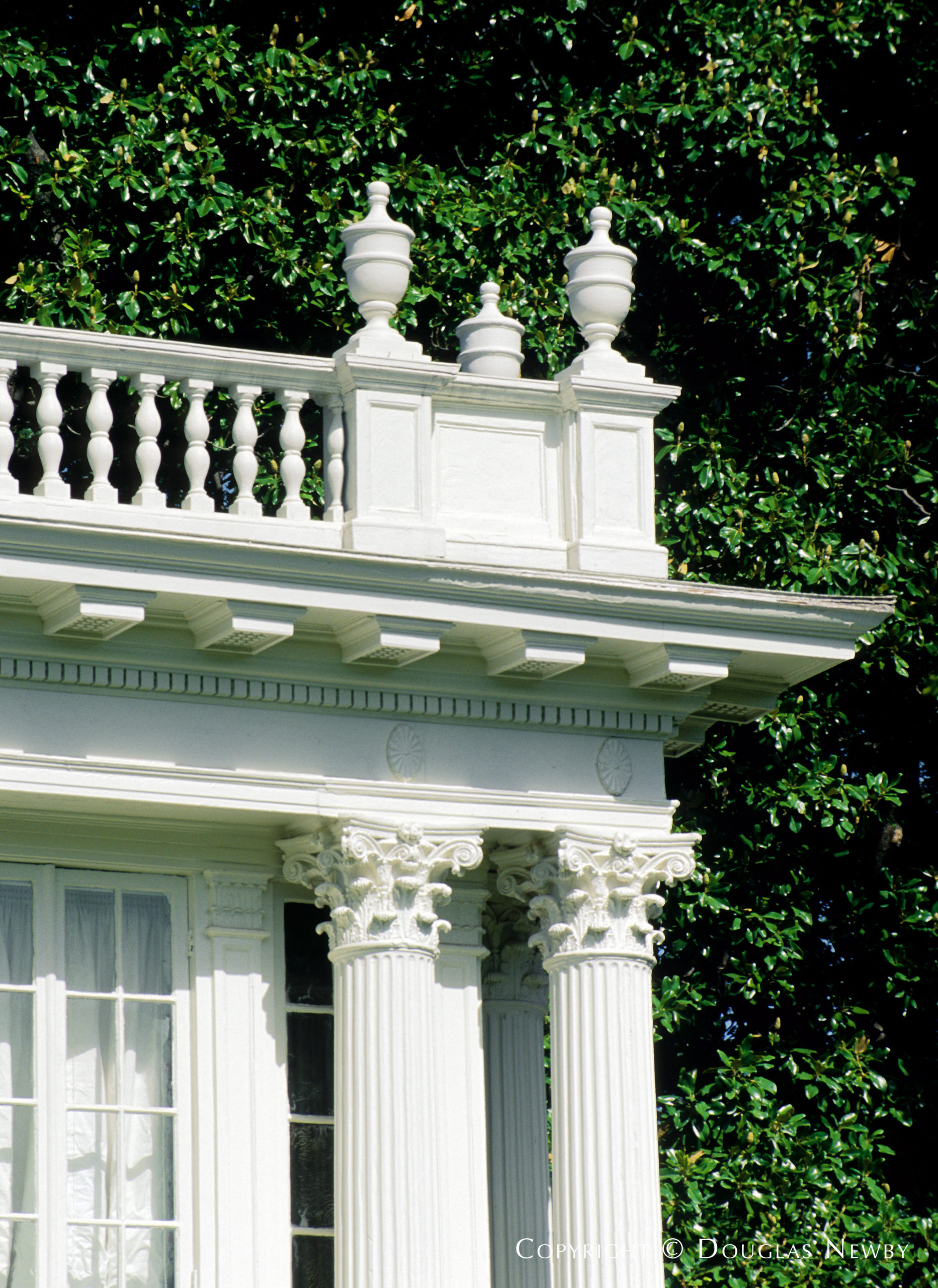
How can we be saving homes without any proactive efforts or preservation steps taken to explore the economic and aesthetic viability of the home like this neoclassical Highland Park home designed by Hal Thomson at 4908 Lakeside Drive. What is interesting is that there seems to be a consensus in the community, even including realtors in favor of tear-downs, that it is unlikely that any new home that might be built on the lot at 4908 Lakeside Drive will be as magnificent or captivating as the Hal Thomson architect-designed home that was already perfectly sited on the lot and visually filling the frame with architectural significance.
Interiors of Historic Homes Might Be Functionally or Aesthetically Outdated
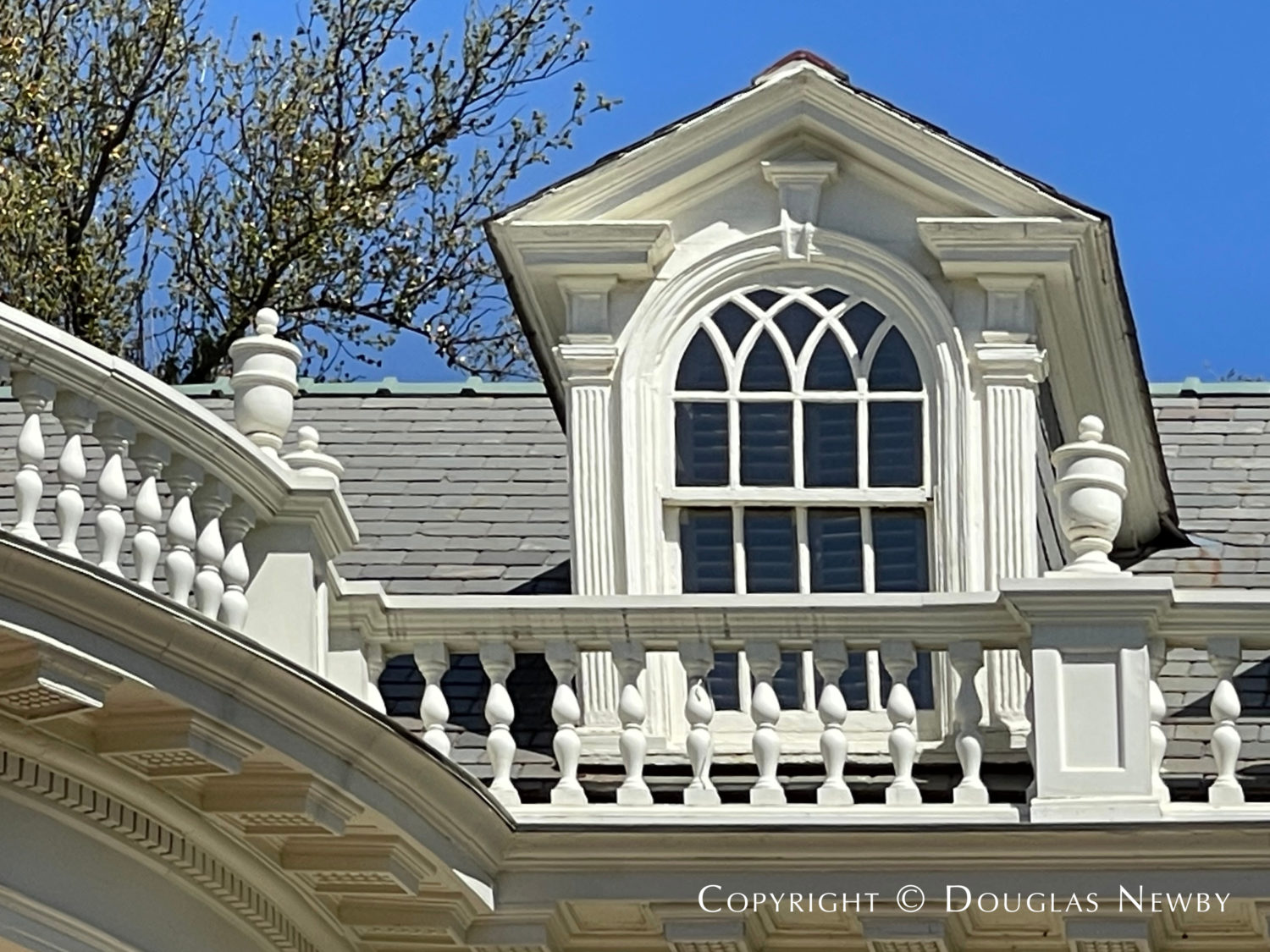
Arguments might be valid that parts of the interior of a historic home might be functionally or aesthetically outdated if it has not been recently renovated. Also, building a new home is easier than renovating a historic home, because it takes a lot less thought when a builder can just go to an architectural plan book for the design of a new home. However, those arguments do not address that a new house will not be as architecturally compelling or capture the imagination of the community like the original architecturally significant home. The best original homes in Highland Park convey the essence of Highland Park that enhances the desirability of the neighborhood.
Positive Evolution of Neighborhoods Include Architecturally Significant New Homes and Architecturally Significant Historic Homes
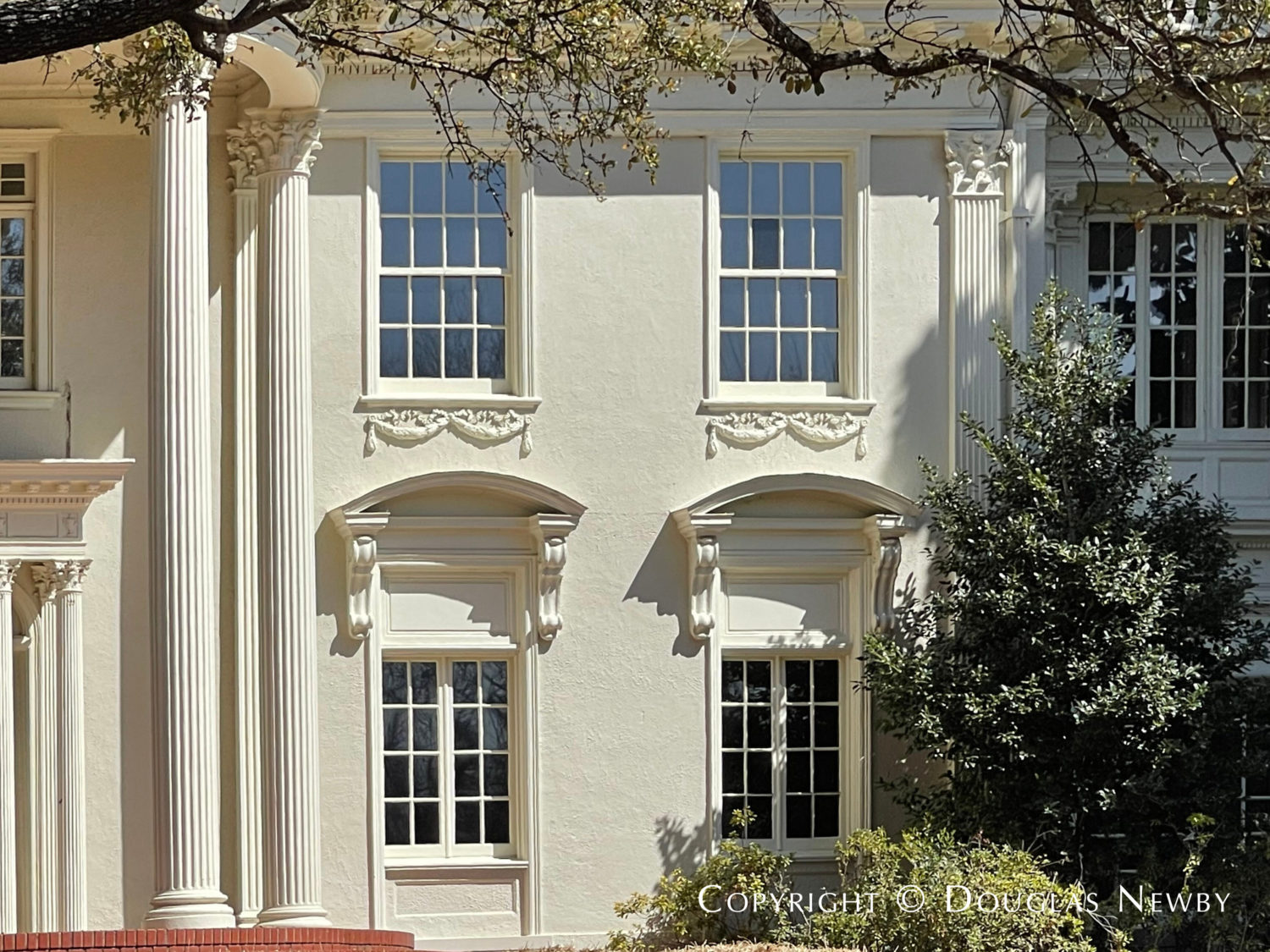
The finest new homes that are architecturally significant add to the allure of Highland Park or the neighborhood in which they are built. However, historic and architecturally significant homes are the architectural and aesthetic foundation of any community. A natural culling of old houses to make room for new houses is part of the evolution of a neighborhood. However, the best homes, the most architecturally significant homes, the finest historically significant homes, should be with us forever. Just as one might throw an old polyester leisure suit from decades past into the trash bin, one would be more likely to retain a silk and wool bespoke Savile Row suit. Maybe the lapels would be reworked or cuffs removed, or pleats subdued, but one would still have a hand-cut, hand-sewn suit of the finest materials and details. It is the same with homes. The hemlines of a home can be modified but the essence of the home can survive for decades if it has the presence and allure of a Hal Thomson designed home like the one at 4908 Lakeside Drive. There is a reason that there is a greater chance in many Dallas neighborhoods a 1980s or 1990s home would be torn down before a 1920s home would be torn down. Renovated historic homes still garner the most admiration and affection in Highland Park, University Park, and Dallas.
Renovated Historic Homes are the Most Admired Homes in Dallas
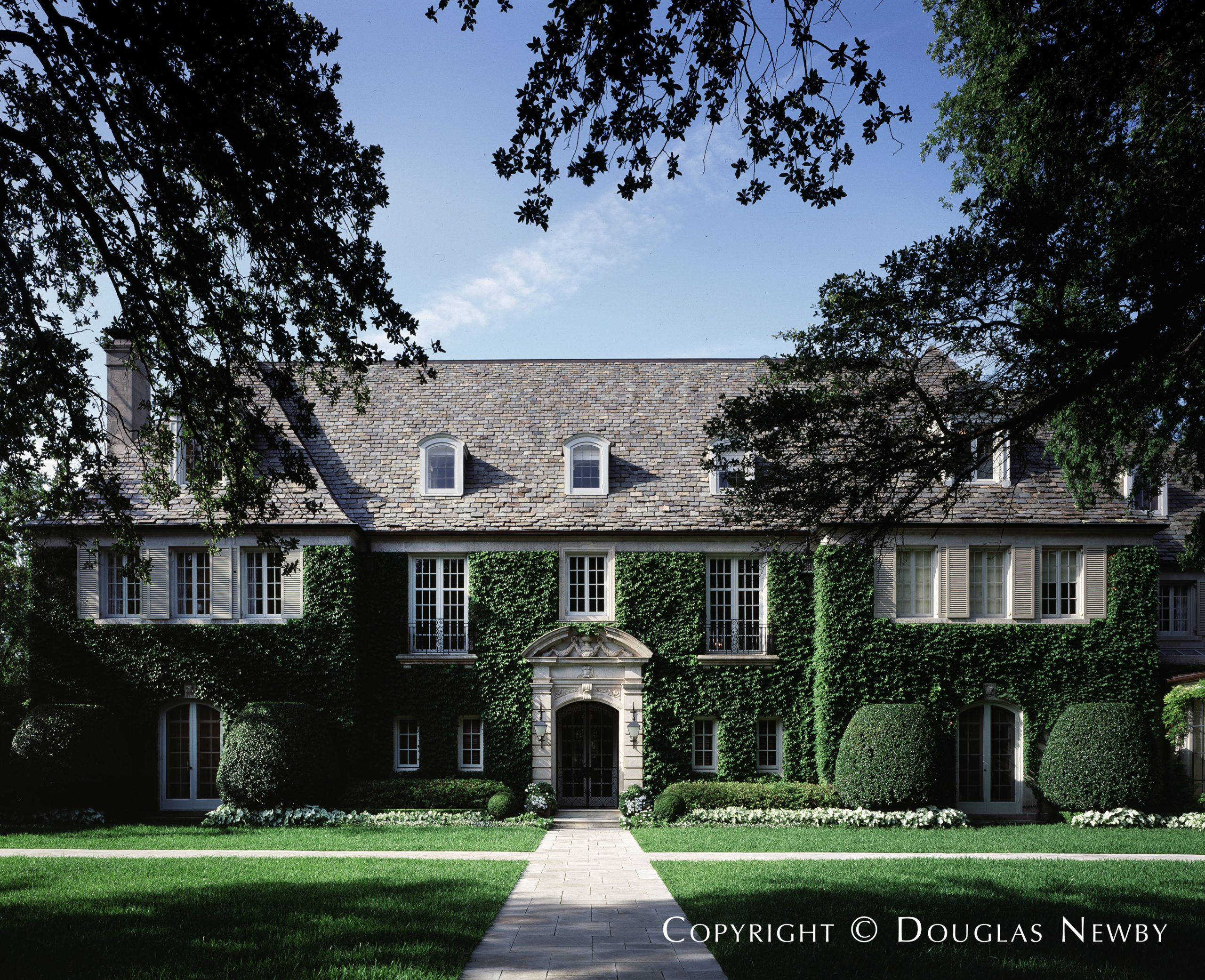
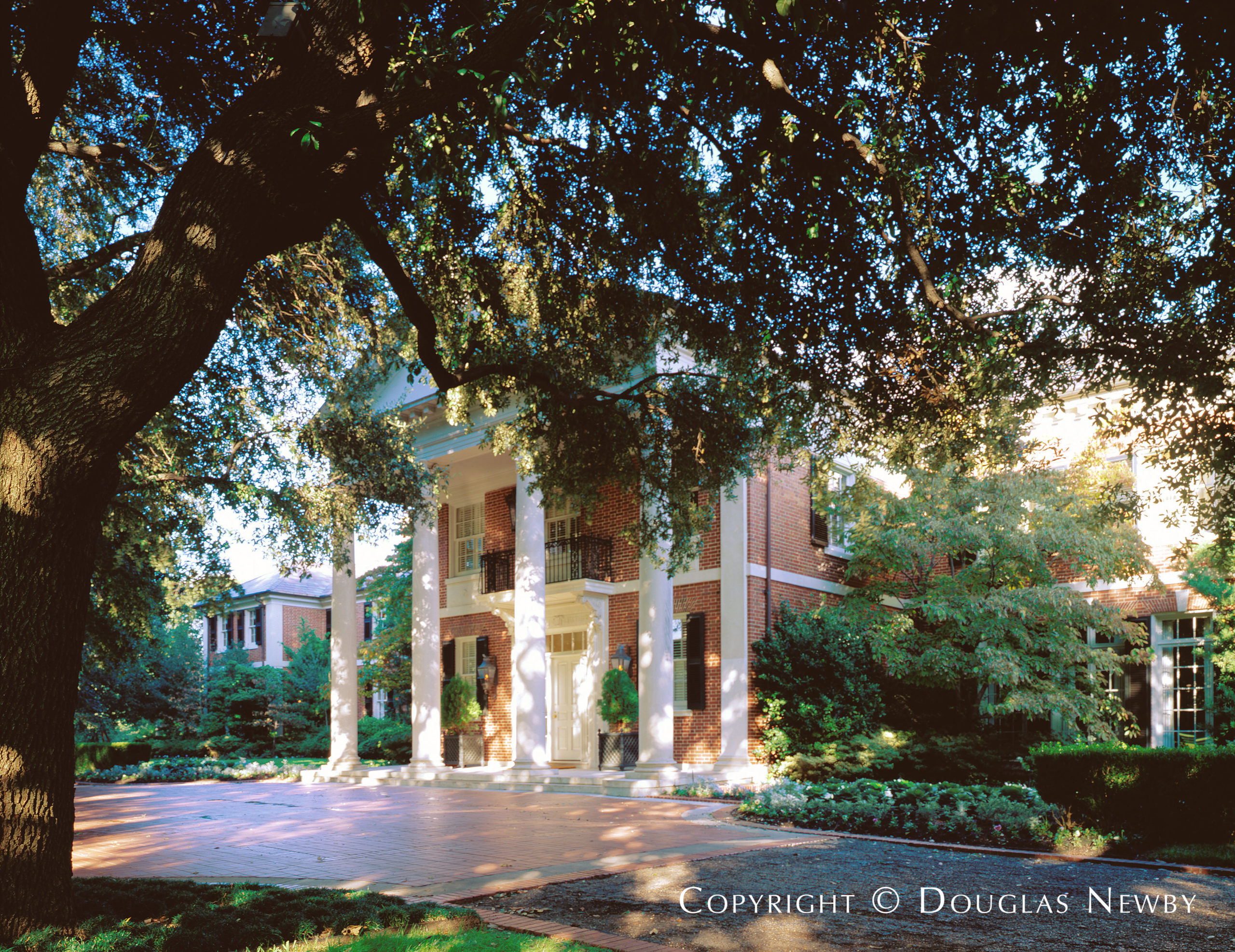

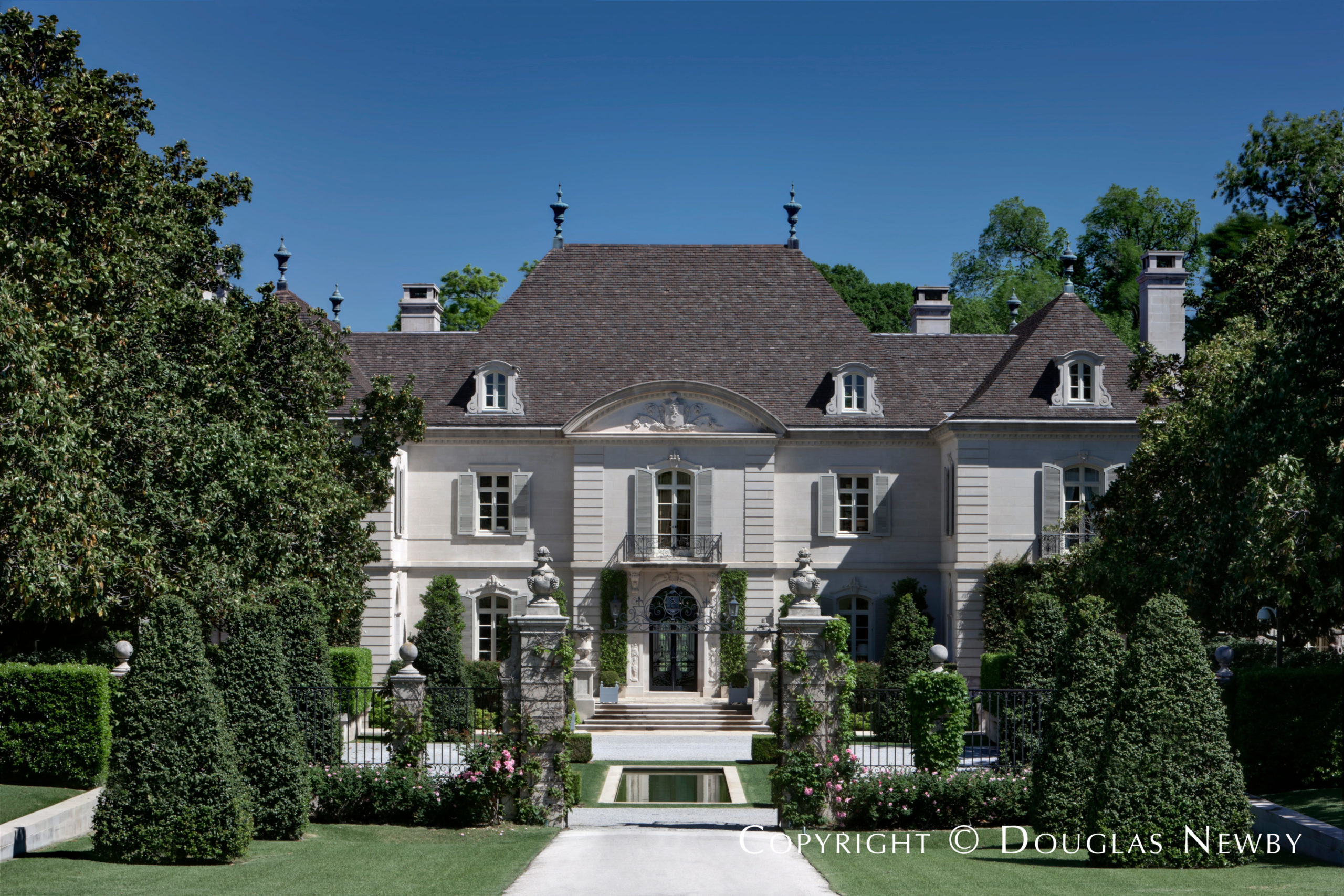
When I think of the great homes in Dallas what comes to my mind first are the historic homes that have been beautifully renovated and expanded: the John Scudder Adkins house at 6801 Turtle Creek Boulevard in Volk Estates; the Anton Korn designed home at 4700 Preston Road in Highland Park; the historic home at 3905 Beverly Drive designed by architect C.D. Hill in Old Highland Park; and the Maurice Fatio designed Crespi Estate on Walnut Hill Lane in the Mayflower Estates neighborhood of Preston Hollow. These homes convey what architects try to achieve when they design a new home – elegance, grace and presence. Even the new modern homes are influenced by the great estate homes of the past.
Proactive Preservation Steps to Saving Homes like 4908 Lakeside Drive

My blog series on Five Preservation Steps for Saving Homes discusses proactive ways to save homes. We need to start saving homes like 4908 Lakeside Drive by proactively making it easier for a buyer to understand the vision of a renovated home and the cost of accomplishing this new version of the architecturally significant home. When a home goes on the market for sale, the five-day option period is not enough time for a buyer to fully explore the potential of renovating a home. A lot buyer doesn’t even need an option period. The entire community, in large or small ways, can encourage their friends, family, and neighbors to explore ways to preserve their homes in the future and obtain a higher sales price by actualizing the value of the existing home in addition to the value of the lot.
Many Significant Homes Still Stand and We Should Start Saving Them Now
Many of the photographs of 4908 Lakeside Drive in this article were taken over 25 years ago to illustrate and remind us of the architectural significance of this Highland Park home designed by architect Hal Thomson. The tragedy is more than just this historic and architecturally significant home was torn down. The real tragedy is that over the last 25 years there has never been a preservation strategy put in place to save this home. The laments, including mine, are heartfelt but are not enough to save homes. Raising money for preservation organizations on the backs of homes being torn down does not save historic homes in the future unless preservations strategies are put in place. Now is the time to stop complaining about homes being torn down and to start actually saving homes. There are still many historic and architecturally significant homes that still stand. Some of these are even more splendid than we realize, because they have had their facades modified over the decades. Whether one lives in an old home or a new home, we can all make a difference in saving homes and preserving the underlying architectural essence of our neighborhoods.

